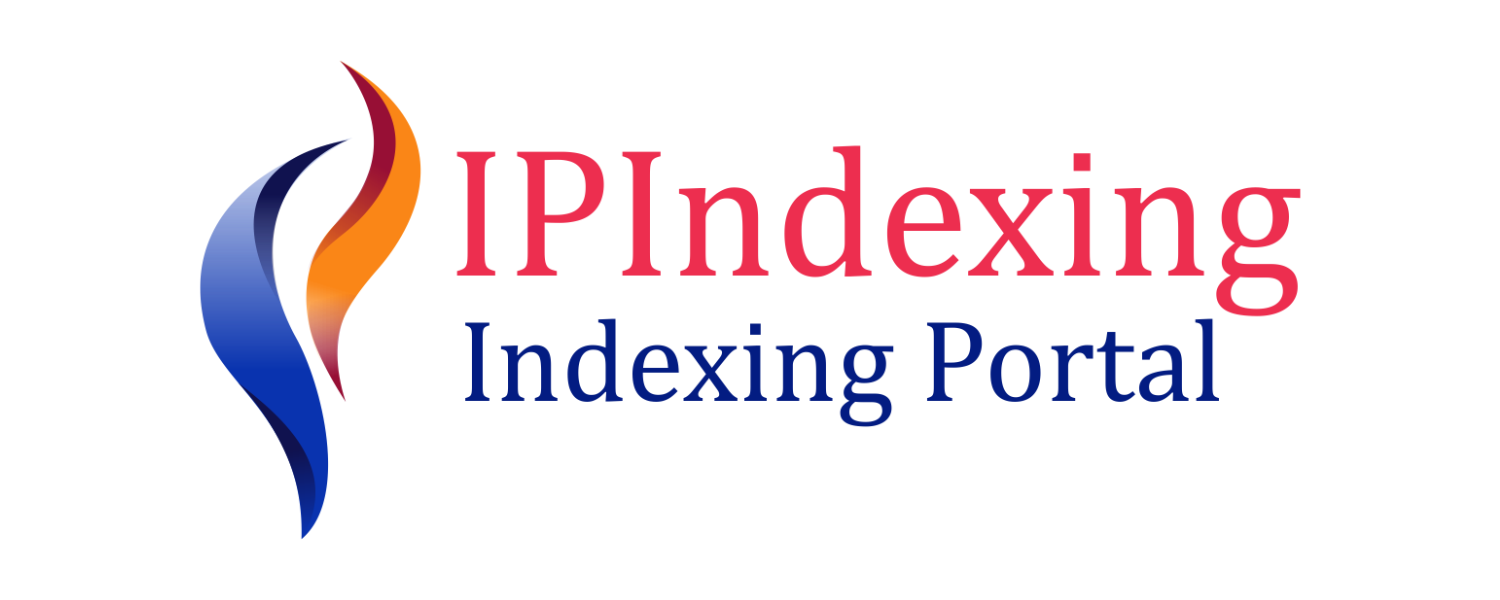MENTAL HEALTH SUPPORT STRATEGIES IN THE WORKPLACE: ASSESSING THEIR IMPACT ON EMPLOYEE WELL- BEING AND PRODUCTIVITY
DOI:
https://doi.org/10.62207/3g648x07Keywords:
mental health, employee productivity, proactive strategies, work-life balance, stress management, organizationAbstract
This research examines the influence of mental health support strategies on employee productivity in various industrial sectors. The main aim of this research is to explore various mental health programs, such as psychological counseling, stress management training, and work-life balance policies, and their impact on increasing productivity. The method used was a systematic review of 50 studies published between 2014-2024. Research results show that implementing mental health programs can increase employee productivity by 15-25%, with proactive strategies proving to be more effective than reactive strategies. The implications of this research show the importance of integrating mental health programs in organizational policies to improve employee well-being and business performance.
References
Bajaj, E. (2023). Mental health support programs in the workplace and their effect on employeewell-being and productivity. tjjpt, 44(4), 3081-3091. https://doi.org/10.52783/tjjpt.v44.i4.1400
Bi, T. (2024). The impact of mindfulness training on the attention to facial expressions among undergraduates. Psychology in the Schools, 61(7), 2992-3009. https://doi.org/10.1002/pits.23199
Bondar, J., Morrow, C., Gueorguieva, R., Brown, M., Hawrilenko, M., Krystal, J., … & Chekroud, A. (2022). Clinical and financial outcomes associated with a workplace mental health program before and during the covid-19 pandemic. Jama Network Open, 5(6), e2216349. https://doi.org/10.1001/jamanetworkopen.2022.16349
Bourassa, K. (2024). A comprehensive approach to addressing the burnout crisis among us health care workers: the houston methodist experience. Journal of Psychiatric Practice, 30(3), 192-199. https://doi.org/10.1097/pra.0000000000000782
Chisholm, D., Sweeny, K., Sheehan, P., Rasmussen, B., Smit, F., Cuijpers, P., … & Saxena, S. (2016). Scaling-up treatment of depression and anxiety: a global return on investment analysis. The Lancet Psychiatry, 3(5), 415-424. https://doi.org/10.1016/s2215-0366(16)30024-4
Cloutier, A. and Barling, J. (2023). Expectations of leaders’ mental health. Journal of Leadership & Organizational Studies, 30(3), 276-296. https://doi.org/10.1177/15480518231178637
Dobson, K., Szeto, A., & Knaak, S. (2019). The working mind: a meta-analysis of a workplace mental health and stigma reduction program. The Canadian Journal of Psychiatry, 64(1_suppl), 39S-47S. https://doi.org/10.1177/0706743719842559
Elufioye, O. (2024). Reviewing employee well-being and mental health initiatives in contemporary hr practices. International Journal of Science and Research Archive, 11(1), 828-840. https://doi.org/10.30574/ijsra.2024.11.1.0153
Hanisch, S., Birner, U., Oberhauser, C., Nowak, D., & Sabariego, C. (2017). Development and evaluation of digital game-based training for managers to promote employee mental health and reduce mental illness stigma at work: quasi-experimental study of program effectiveness. Jmir Mental Health, 4(3), e31. https://doi.org/10.2196/mental.7600
Hanisch, S., Twomey, C., Szeto, A., Birner, U., Nowak, D., & Sabariego, C. (2016). The effectiveness of interventions targeting the stigma of mental illness at the workplace: a systematic review. BMC Psychiatry, 16(1). https://doi.org/10.1186/s12888-015-0706-4
Henderson, A. and Smith, C. (2021). When does presenteeism harm productivity the most? employee motives as a key moderator of the presenteeism–productivity relationship. Journal of Managerial Psychology, 37(6), 513-526. https://doi.org/10.1108/jmp-08-2020-0446
Janssen, M., Heerkens, Y., Kuijer, W., Heijden, B., & Engels, J. (2018). Effects of mindfulness-based stress reduction on employees’ mental health: a systematic review. Plos One, 13(1), e0191332. https://doi.org/10.1371/journal.pone.0191332
Johnson, K., Park, S., & Chaudhuri, S. (2020). Mindfulness training in the workplace: exploring its scope and outcomes. European Journal of Training and Development, 44(4/5), 341-354. https://doi.org/10.1108/ejtd-09-2019-0156
Klockner, K. and Hicks, R. (2015). Cognitive failures at work, mindfulness, and the big five. GSTF Journal of Psychology. https://doi.org/10.5176/2345-7872_2.1_22
Kubo, H., Urata, H., Katsuki, R., Hirashima, M., Ueno, S., Suzuki, Y., … & Kato, T. (2018). Development of mhfa-based 2-h educational program for early intervention in depression among office workers: a single-arm pilot trial. Plos One, 13(12), e0208114. https://doi.org/10.1371/journal.pone.0208114
Li, Y., Zhang, J., Wang, S., & Guo, S. (2019). The effect of presenteeism on productivity loss in nurses: the mediation of health and the moderation of general self-efficacy. Frontiers in Psychology, 10. https://doi.org/10.3389/fpsyg.2019.01745
Lui, J., Andres, E., & Johnston, J. (2022). Does seasonal influenza related hospital occupancy surge impact hospital staff sickness presenteeism and productivity costs?. International Journal of Environmental Research and Public Health, 19(2), 769. https://doi.org/10.3390/ijerph19020769
Miraglia, M. and Johns, G. (2016). Going to work ill: a meta-analysis of the correlates of presenteeism and a dual-path model.. Journal of Occupational Health Psychology, 21(3), 261-283. https://doi.org/10.1037/ocp0000015
Rana, M., Bock, L., Riedel, E., Möllmann, H., Schorn, L., & Rana, M. (2022). The effectiveness of a four-week online mindfulness training course on individual mindfulness skills and personal perception of stress in company employees working from home. International Journal of Environmental Research and Public Health, 19(24), 16422. https://doi.org/10.3390/ijerph192416422
Robbins, R., Weaver, M., Quan, S., Rosenberg, E., Czeisler, C., & Grandner, M. (2020). Employee sleep enhancement and fatigue reduction programs: analysis of the 2017 cdc workplace health in america poll. American Journal of Health Promotion, 35(4), 503-513. https://doi.org/10.1177/0890117120969091
Slutsky, J., Chin, B., Raye, J., & Creswell, J. (2019). Mindfulness training improves employee well-being: a randomized controlled trial.. Journal of Occupational Health Psychology, 24(1), 139-149. https://doi.org/10.1037/ocp0000132
Sun, J., Buys, N., & Wang, X. (2013). Effectiveness of a workplace-based intervention program to promote mental health among employees in privately owned enterprises in china. Population Health Management, 16(6), 406-414. https://doi.org/10.1089/pop.2012.0113
Wagner, S., Koehn, C., White, M., Harder, H., Schultz, I., Williams-Whitt, K., … & Wright, M. (2016). Mental health interventions in the workplace and work outcomes: a best-evidence synthesis of systematicreviews. The International Journal of Occupational and Environmental Medicine, 7(1), 1-14. https://doi.org/10.15171/ijoem.2016.607
Woodard, K. (2024). A population health approach to workplace mental health: rationale, implementation and engagement. Frontiers in Public Health, 12. https://doi.org/10.3389/fpubh.2024.1336898
Yang, T., Guo, Y., Ma, M., Li, Y., Tian, H., & Deng, J. (2017). Job stress and presenteeism among chinese healthcare workers: the mediating effects of affective commitment. International Journal of Environmental Research and Public Health, 14(9), 978. https://doi.org/10.3390/ijerph14090978
Zwingmann, I., Wegge, J., Wolf, S., Rudolf, M., Schmidt, M., & Richter, P. (2014). Is transformational leadership healthy for employees? a multilevel analysis in 16 nations. German Journal of Human Resource Management Journal of Human Resources Research, 28(1-2), 24-51. https://doi.org/10.1177/239700221402800103
Downloads
Published
Issue
Section
License
Copyright (c) 2024 Dyah Handayani Dewi (Author)

This work is licensed under a Creative Commons Attribution-NonCommercial 4.0 International License.























